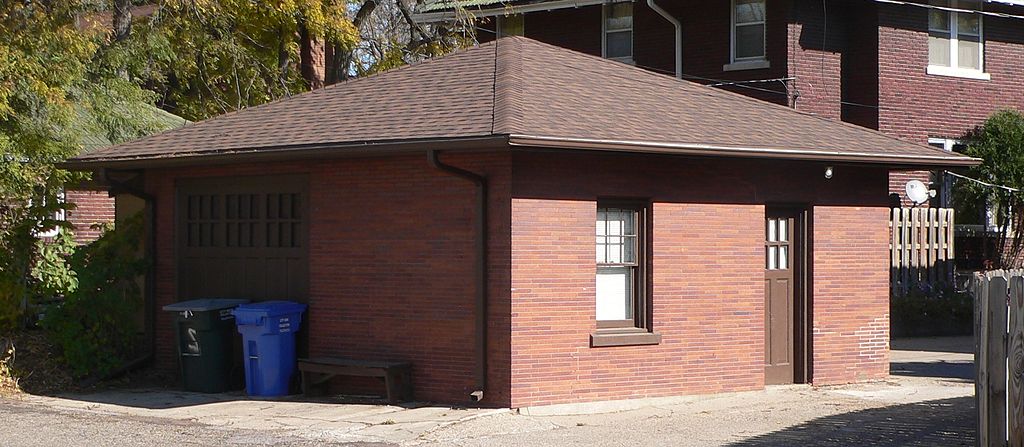
There may be a time when you feel like upgrading to a new bigger house, perhaps to accommodate for a growing family. However, at the same time you are happy with the current location of your home and enjoy the neighborhood. It is often at this point that you are thinking of expanding your current home if you do decide not to move.
There are many ways to expand your home to suit your needs, whether it’s a solarium add-on, a garage addition, a house extension, a floor addition or a basement finish. Before you make any decisions, including your financing options, it’s important to consider each stage of a home addition project.
Step 1: The By-Laws of Your Municipality
Before investing too much in your project, it is important to check the feasibility of the project. Each municipality of Greater Toronto and Montreal is different and you must ensure that the planning office of your city accepts your project. For this it is advisable to present the certificate of location as well as some pictures of your property.
Step 2: Plans for expansion
Plans are the basis of your expansion project. Without plans you will not go far. It may be necessary to consult an expert for this step. For your plans, you can call upon an architect, an architectural technician or an engineer who can analyze the environment, analyze constraints, propose materials and draw up your plans.
Step 3: Selecting a Contractor
Once your plans are in hand, it will be time to find the perfect contractor for your project. This will be a major renovation project so you will need high-quality, reputable contractors to achieve it. When deciding on your budget, obtaining the right price for your home addition will not just boil down to finding the cheapest as the best, most reliable contractors will generally be more expensive.
Step 4: Meeting with Contractors
It is important to meet a minimum of 3 contractors to be able to get comparable bids and assess the different attributes of each company. A home addition is a big project and you are going to have to spend a lot of time with your contractor so be certain to take the time to choose wisely.
Step 5: Bid Comparison
Once you have met your contractors, they will be able to bid on your project. This step is obviously very important and must be taken seriously. The cost of a home addition can fluctuate significantly depending on the quality of the contractor and scope of the project. A quote for an addition may take more than a week to be delivered, as it is a big project, but do not agree to wait a month to receive your quote. As you will want take time to check the differences between the prices you’ve received.
Step 6: Choosing a Contractor
Now that you have all the items in hand, you can make your decision and choose the contractor that fits all your criteria. Once the decision is announced, you can go to the contract signing stage.
Step 7: Completion of the work
This step is often the most demanding, because you will have to monitor the progress of work and check that everything has gone according to plan. It is important that you do not hesitate to say it if something has not met your expectations or has not been in line with your initial agreement in the contract and do not accept paying for extras without being consulted before they are done.
Step 8: Finalizing the Work
The work is finally completed and it is time to sign the certificate of completion and make the final payment. Before signing these documents, make sure that all work has been entirely completed in accordance with the contract.